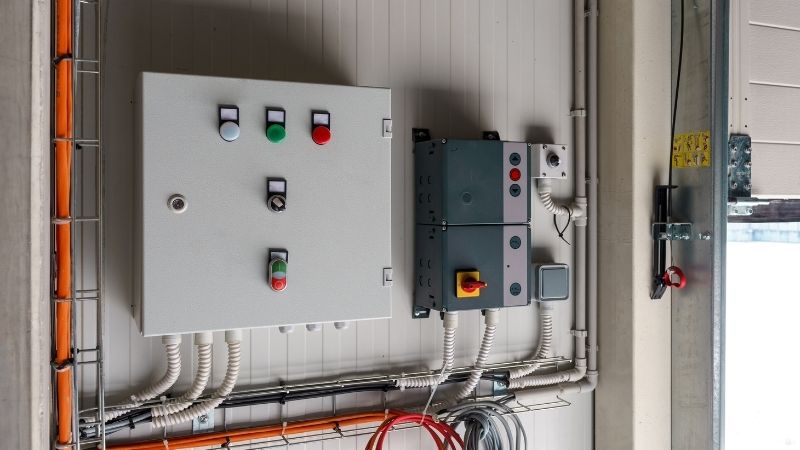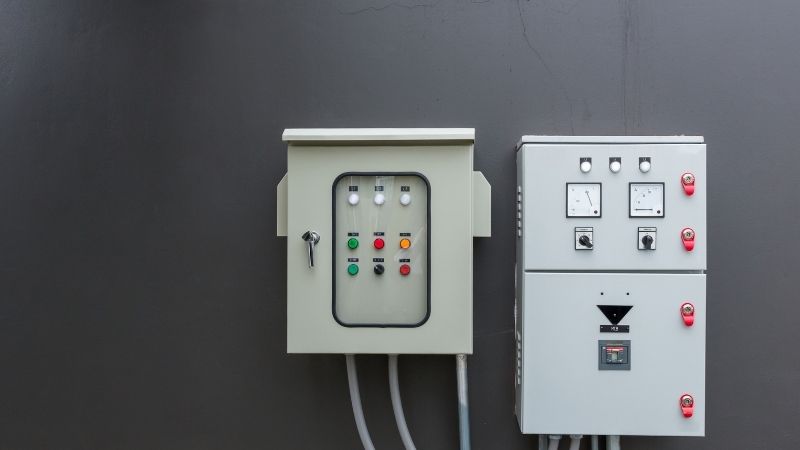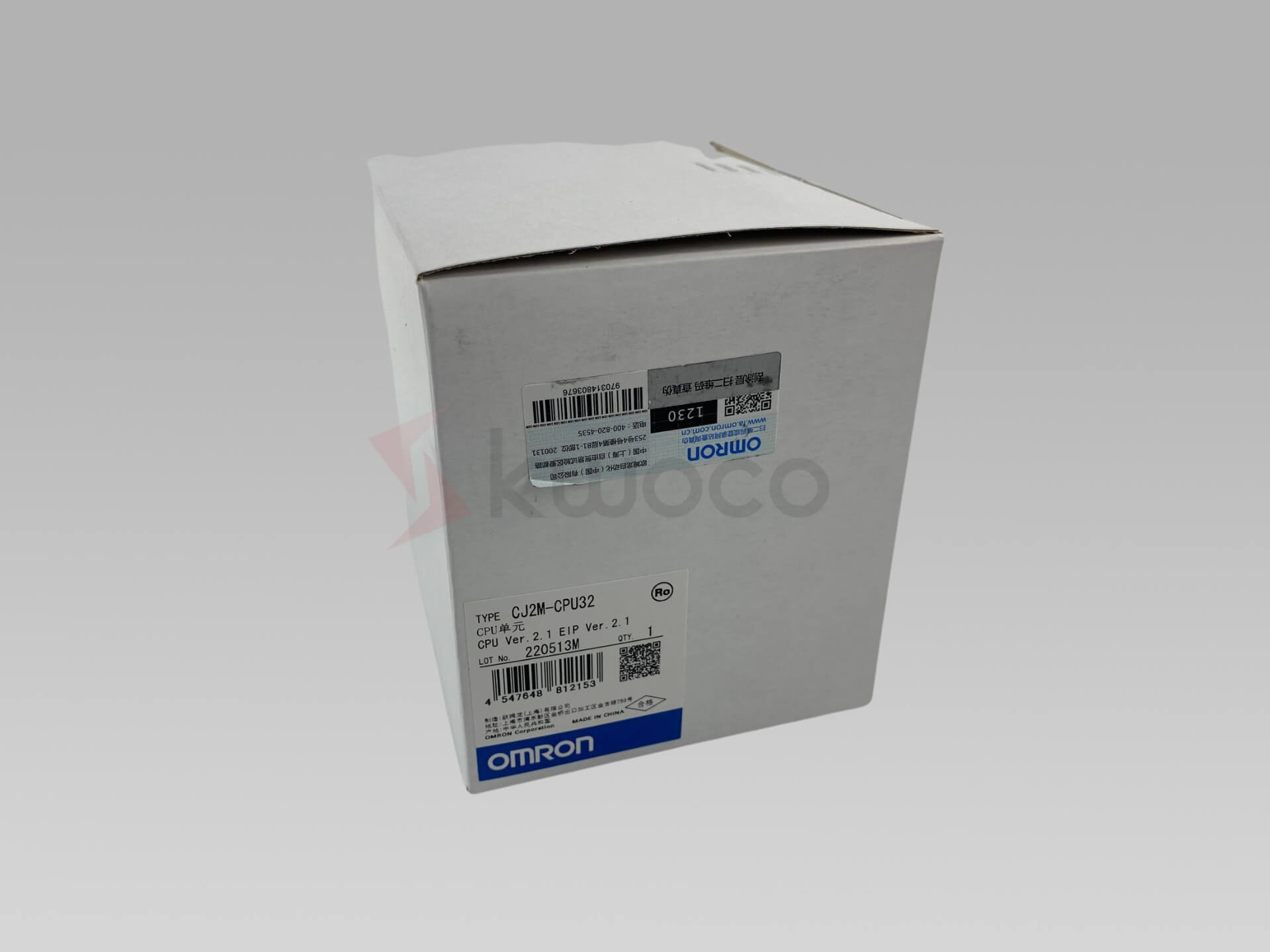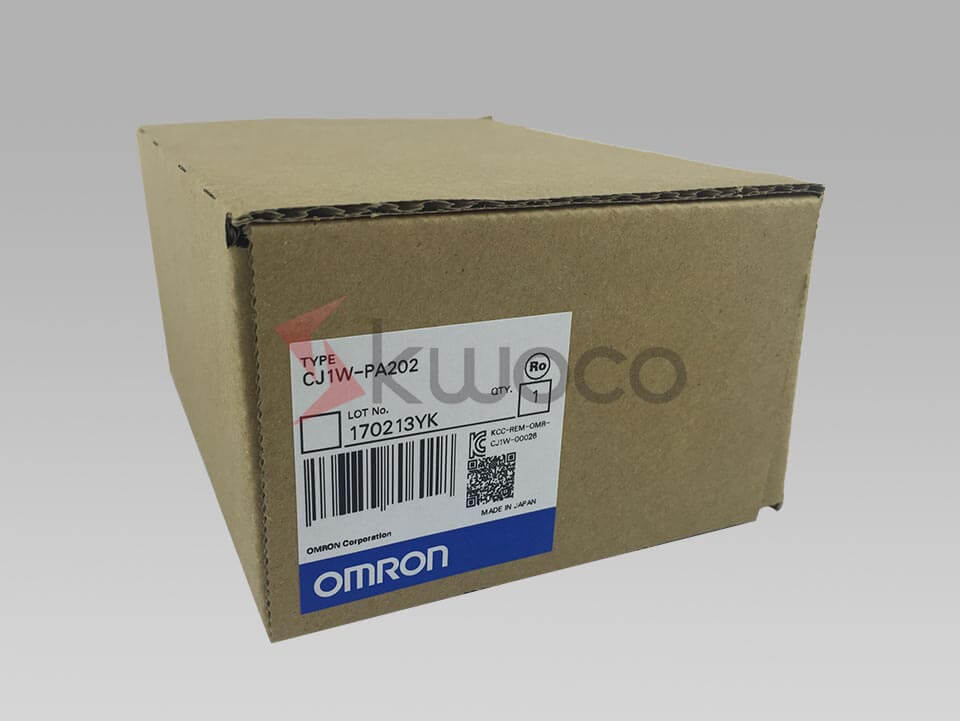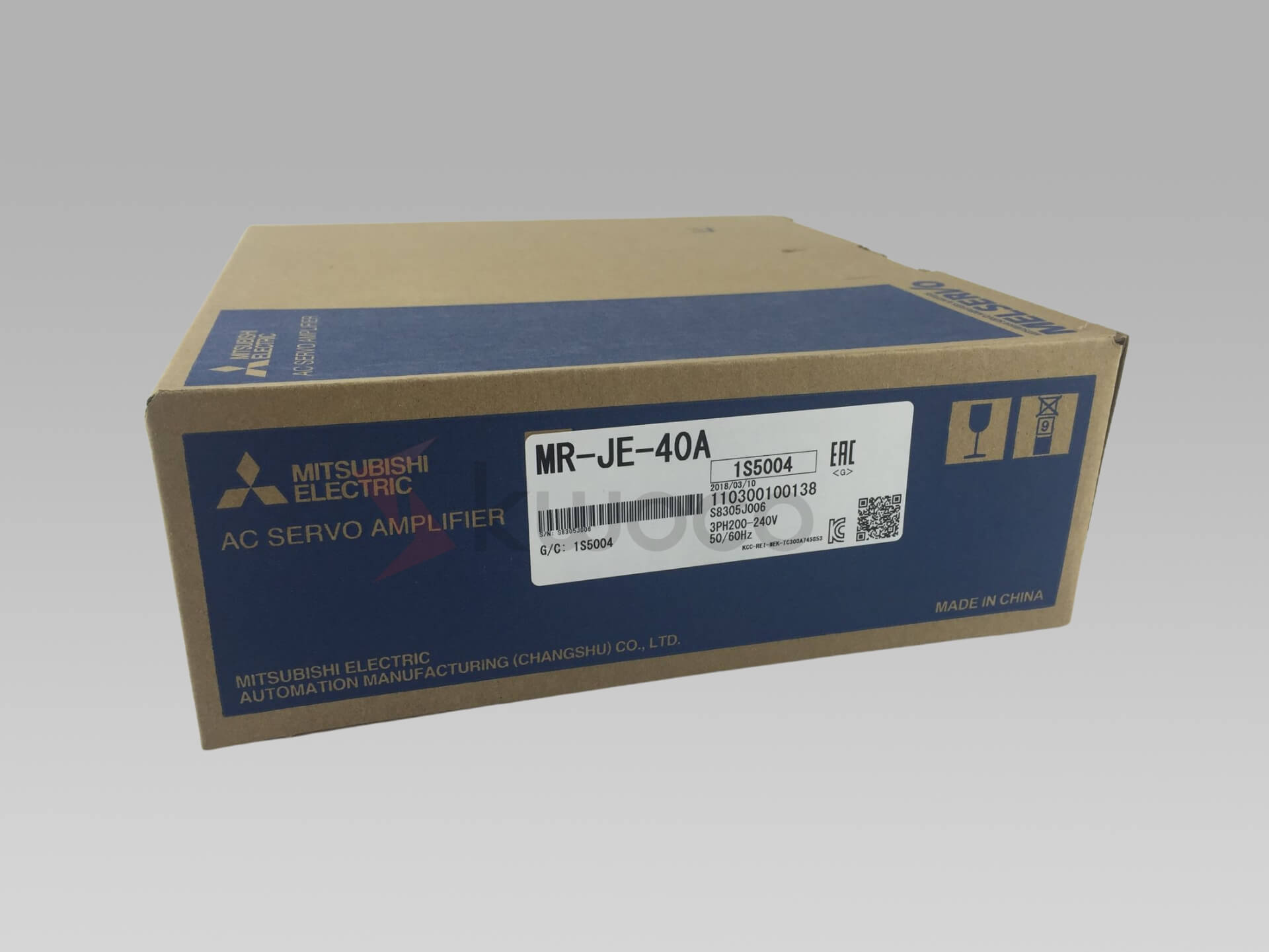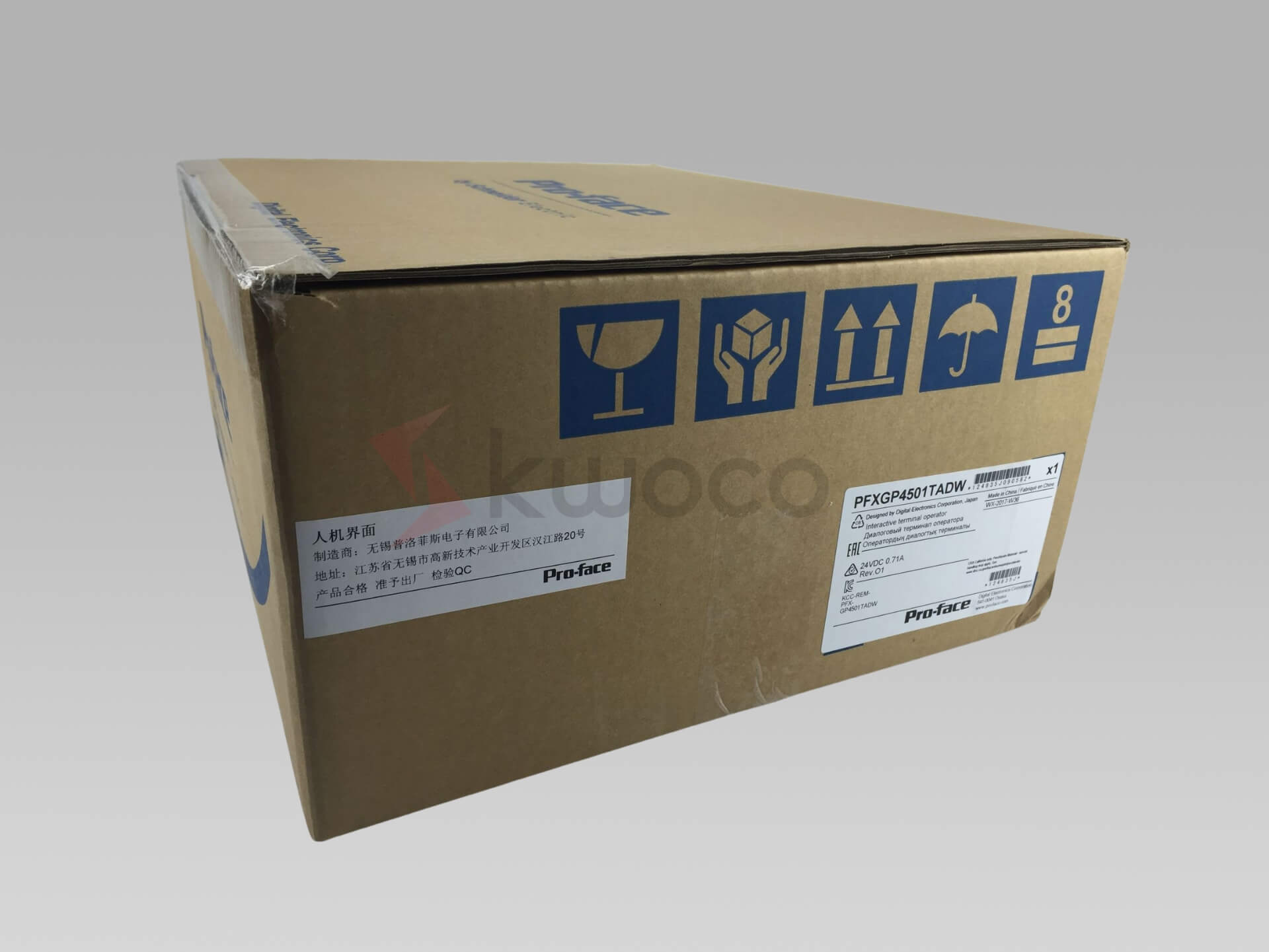Single Phase vs Three Phase Power: Explained in Simple Terms
Table of Contents
What Is Single Phase Power?
Single phase power is the most common type of power used in residential areas. It utilizes one phase wire and a neutral wire to create a complete circuit. In a single phase system, the alternating current (AC) flows through the phase wire, reaches its peak voltage, drops to zero, and then reverses direction. This cycle repeats 50 or 60 times per second, depending on your country.
Key Characteristics of Single Phase Power:
- Simple Configuration: Consists of one phase and one neutral wire.
- Voltage Supply: Typically provides voltage levels suitable for household appliances.
- Usage: Ideal for lighting and heating, and for running motors up to about 5 horsepower.
Why Use a Single-Phase Power Supply?
Single-phase power supplies are sufficient for most homes because the amount of electricity required isn’t excessive. They are simpler and less expensive to install, making them a practical choice for residential properties.
Difference Between Single Phase and Three Phase Power
Understanding the difference between single phase and three phase power is crucial when determining which system suits your needs.
Number of Wires:
- Single Phase: Uses one phase wire and one neutral wire.
- Three Phase: Uses three phase wires, and may include a neutral wire.
Voltage Levels:
- Single Phase Power Supplies: Typically provide lower voltage suitable for homes (around 120V to 240V).
- Three Phase Power Supplies: Can provide higher voltage levels, making them suitable for industrial applications.
Power Delivery:
- Single Phase: Power reaches a peak and drops to zero 50 or 60 times per second, leading to pulsating power.
- Three Phase: Because the phases overlap, power is used more efficiently, providing a constant power flow without pulsation.
Efficiency:
- Single Phase Systems: Less efficient for transmitting large amounts of power over long distances.
- Three Phase Systems: More efficient and can carry more current power, reducing energy losses.
When to Use Single Phase vs Three Phase Power Supply?
Choosing between single phase vs three phase power depends on how much power you need and what type of equipment you’re operating.
Use a Single-Phase Power Supply When:
- Residential Settings: For homes and small offices where the electrical load is minimal.
- Light Electrical Loads: Ideal for lighting, heating, and standard appliances like TVs and refrigerators.
- Cost Considerations: Installation and equipment costs are generally lower.
Use a Three-Phase Power Supply When:
- Industrial and Commercial Settings: Necessary for factories, large offices, and warehouses.
- Heavy Machinery: Required for operating equipment like large motors, compressors, and industrial HVAC systems.
- Energy Efficiency: More efficient for high-load situations, potentially reducing operational costs.
Note: Upgrading from a single-phase system to a three-phase system can be expensive and may require significant infrastructural changes. Always consult with a professional electrician.
Understanding Power Distribution Systems
Power distribution is how electricity is transmitted from the power plant to your home or business. Both single-phase and three-phase power systems play vital roles in this process.
Single Phase Power Distribution
- Configuration: Uses one phase wire and one neutral wire.
- Applications: Common in residential areas due to lower power requirements.
- Advantages: Simpler and less costly infrastructure.
Three Phase Power Distribution
- Configuration: Utilizes three phase wires, which may include a neutral wire.
- Applications: Essential in industrial and commercial areas with high power demands.
- Advantages:
- Efficiency: Transmits more power with less conductor material.
- Consistency: Provides a steady power signal, minimizing fluctuations.
- Equipment Performance: Improves performance of heavy machinery and reduces wear.
Role of Equipment in Power Distribution
Devices like Programmable Logic Controllers (PLCs) and Human-Machine Interfaces (HMIs) are critical in managing and automating power distribution in industrial settings. They ensure that systems operate smoothly and respond to changing power demands.
Wiring diagrams are not just installation guides; they also help us troubleshoot quickly. Whenever an issue occurs, we can follow the wiring diagram step by step to locate the problem, avoiding extended downtime.
Frequently Asked Questions
The term phase refers to the distribution of the load in an AC power system. It describes the timing between alternating currents in a multi-phase system. In simple terms, it indicates how the current’s waveform cycles are offset in time.
Yes, it’s possible to convert single-phase power systems to three-phase using devices like phase converters or inverters. However, this can be complex and costly. It’s advisable to consult with an electrical professional before making such changes.
Three-phase power supplies provide a constant flow of electricity, which is ideal for heavy machinery. This consistent power reduces vibrations and allows equipment like motors and servo motors to operate more efficiently.
Generally, three-phase equipment requires a three-phase supply. However, with the use of a power supply system like a variable frequency drive (VFD) or a phase converter, it’s possible to run some three-phase equipment on a single-phase supply.
Installing a three-phase power supply is typically more expensive due to the additional wiring and infrastructure required. Equipment like Mitsubishi Inverters may also be more costly but can offer improved performance for industrial applications.
Power your projects with brand-new, original Omron, Mitsubishi, Schneider PLC – in stock, ready now!
Conclusion
Understanding the fundamentals of single-phase and three-phase power helps in making informed decisions about electrical systems for your home or business. Whether you’re considering new equipment or planning an upgrade, knowing the difference between single-phase and three-phase power is essential.
Looking for new, original PLCs for your projects? At Kwoco, we stock the latest PLCs from top brands like Omron, Mitsubishi, and Schneider. Shop with confidence—fast shipping, guaranteed quality! Buy Now
Contact Us
Just fill out your name, email address, and a brief description of your inquiry in this form. We will contact you within 24 hours.
You May Also Find These Topics Interesting

PLC Counter Programming: A Complete Guide for Automation 2024
Are you looking to understand PLC counter programming in depth? Whether you’re a seasoned programmer or just starting with PLCs, this comprehensive guide will walk you through everything you need to know about counter instructions and their practical applications in industrial automation.

Understanding PLC Cycle Time: Optimize Your Automation
Ever thought about how quickly your automation system responds to changes? The secret lies in the PLC cycle time—the heartbeat of your control system. Understanding this concept is crucial for anyone involved in automation. In this article, we’ll unravel what PLC cycle time is, why it matters, and how it impacts your operations.
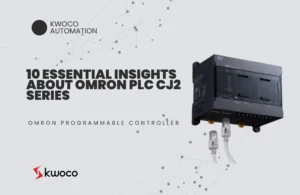
10 Essential Insights About OMRON PLC CJ2 Series
10 Essential Insights About OMRON PLC CJ2 Series KWOCO focuses in internationally renowned industrial automation products, I’ve had extensive hands-on

